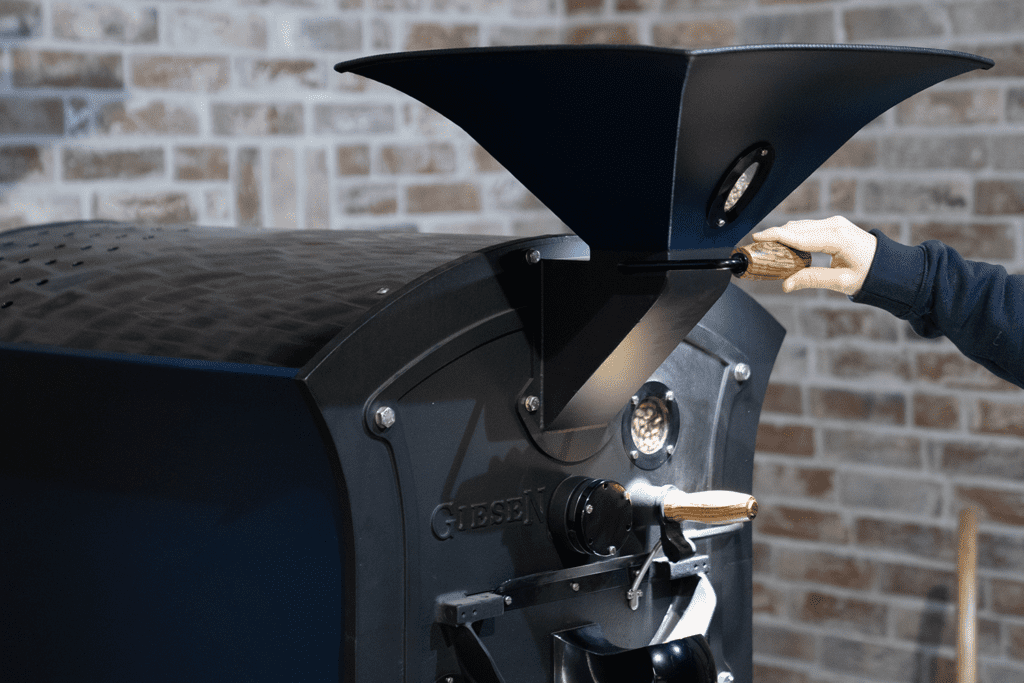Roasting coffee you’ve never roasted before
by Willem Boot
How do you profile a coffee you’ve never roasted before? Of course; that’s why a company like Giesen has put so much effort into the development of the wonderful WPG1 (gas heated) or the WPE1 (electrically heated) sample roasters. There’s quite a diversity between sample roasters across the spectrum of machine brands when roasting coffee.
About sample roasters
Typically, sample roasters provide quite an awkward roasting experience. In most cases, this is caused by the inadequate design of gas valves and/or electric power controls. Sample roasters also quite often lack reliable bean temperature thermocouples which can make it very challenging to obtain a rate of rise (ROR) for your samples which can be repeated consistently from sample to sample.
The shining exception is the Giesen sample roaster. In our lab we operate a WPG1 sample roaster; it’s a pure joy to develop roasting profiles with this machine. The user interface is basically identical to the operating panel of the larger batch roasters manufactured by Giesen. On top of that; the profiles we develop on the Giesen sample roaster can be recorded using the proprietary Giesen profiler software and then replayed on our W6A batch roaster, which roasts up to 6 kgs per batch.

Roasting your new coffee
With a sample roaster you have the ability to design your roasting profile which always should incorporate some basic assumptions. At what temperature are you planning to charge the beans? How are you planning to regulate the heat supply during the roast? What final roasting time are you aiming for and after how many minutes will you project the first crack to start? And last but not least, for how long will the roast development time continue? These fundamental questions should be part of your roast profiling protocol.
Once you have roasted your prospective samples, then it’s time to cup them. Wait at least 12 hours before you prepare your cupping session and do this task diligently; the roasting profile ultimately creates your signature on the flavor of your precious coffee. Can we do all of this without the use of a sample roaster? What if you don’t have the resources to invest in such a machine? That question by itself is interesting enough for another column and we will also focus on this topic during our next webinar “Reading Coffee Beans for Profiling”.
Best regards, Willem Boot.
Monthly Giesen Webinar:
Join us live on every last Friday of the month at 09:00 Pacific Time (PT)
Or 18:00 Central European Time (CET).




